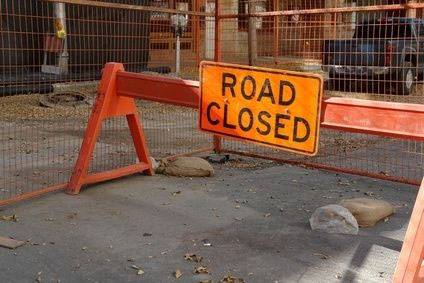

Have you ever seen a highway or bridge under construction and wondered where the road was leading or why it was being built? Regardless of the reason, construction of roads, bridges, and buildings will change the physical characteristics and, quite possibly, the human characteristics of the region in which the structure is being built.
In this resource, you will describe the changes in human and physical characteristics of specific regions at different periods of time. Through your examination, you will determine how past events have impacted current conditions.
Using the U.S. Gulf Coast as an example, read how past events shaped the current condition of the Gulf Coast. First, familiarize yourself with the history of the U.S. Gulf Coast by reading the information below.
The Gulf Coast of the United States consists of five states in the southeastern region: Texas, Louisiana, Mississippi, Alabama, and Florida. These states form the continuous coast that creates the border of the Gulf of Mexico (pictured in red on the map below).
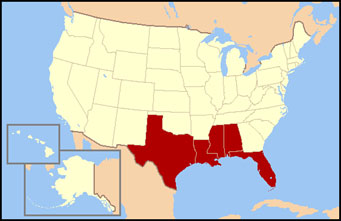
The varied geographic features of the Gulf Coast, such as the wetlands and natural oil deposits, contribute to the economy of the Gulf Coast. Read below to learn more about the importance of Gulf Coast of the United States.
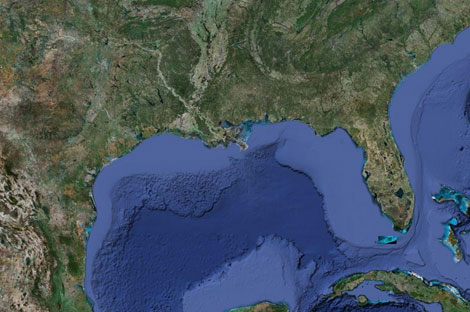
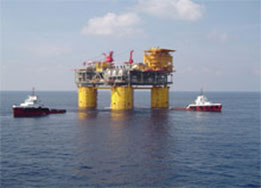 |
Oil and Gas Production The Gulf Coast region has one of the most developed oil and gas industries in the world. Oil and gas production in the Gulf consists of
|
Wetlands and Marshes of the Gulf Coast The areas of the Gulf Coast have more than half of the coastal wetlands within the lower 48 states. The marshes and wetlands of the Gulf, especially in Texas and Louisiana, provide breeding grounds for the fishing and shrimping industries. |
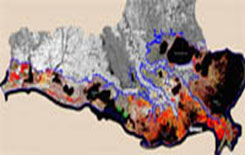
|
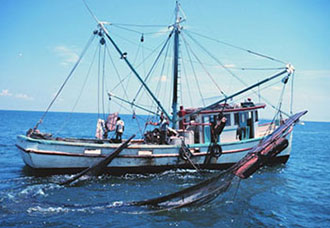 |
The Shrimping & Fishing Industry |
Tourism Millions of people visit the Gulf Coast to sail, fish, swim, and enjoy the beaches. Families spend more than $145 billion yearly throughout the Gulf Coast states. The tourism industry of the Gulf Coast employs nearly 2 million people. |
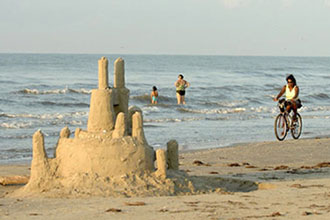
|
Sources of images used for this section: